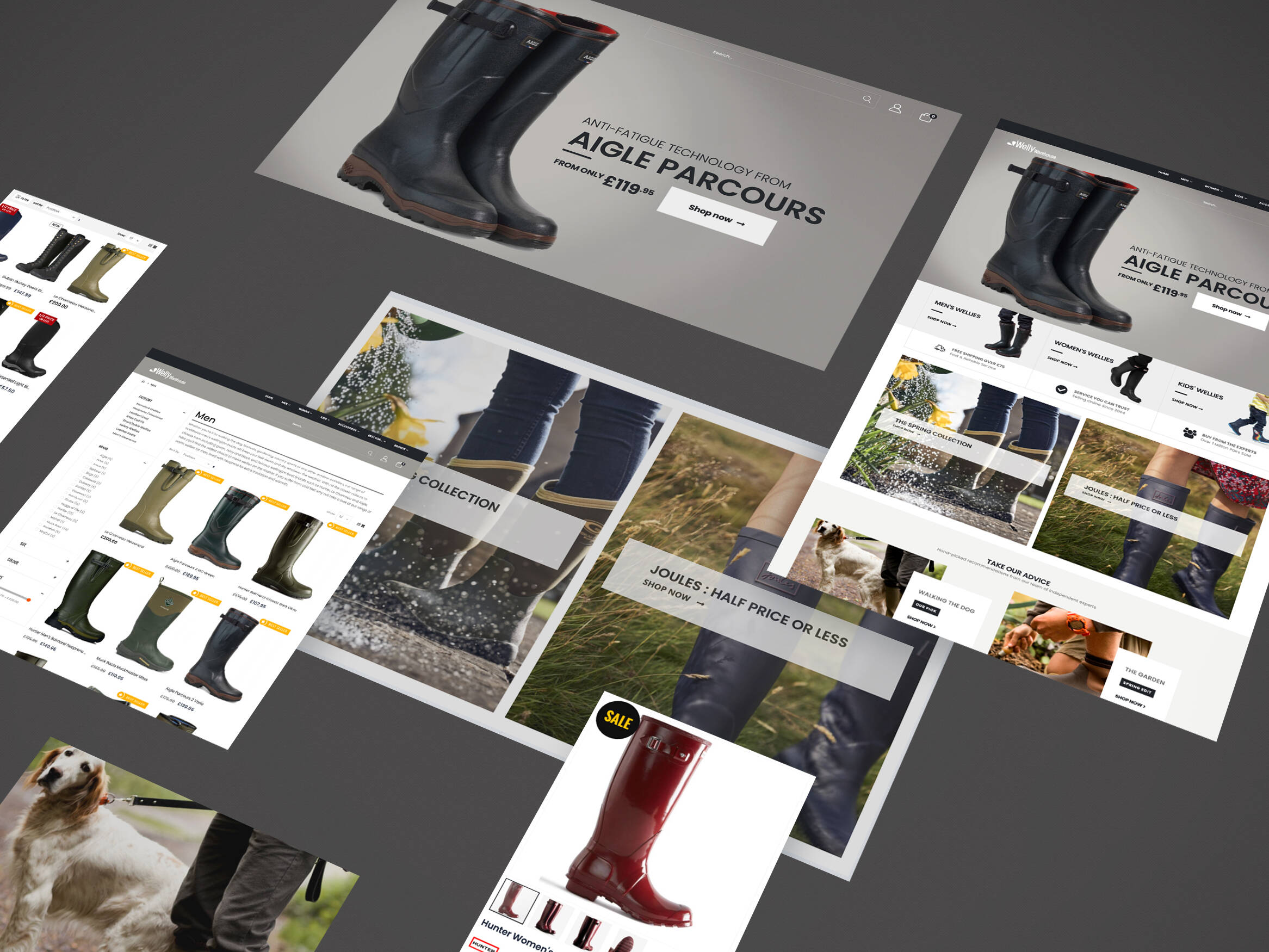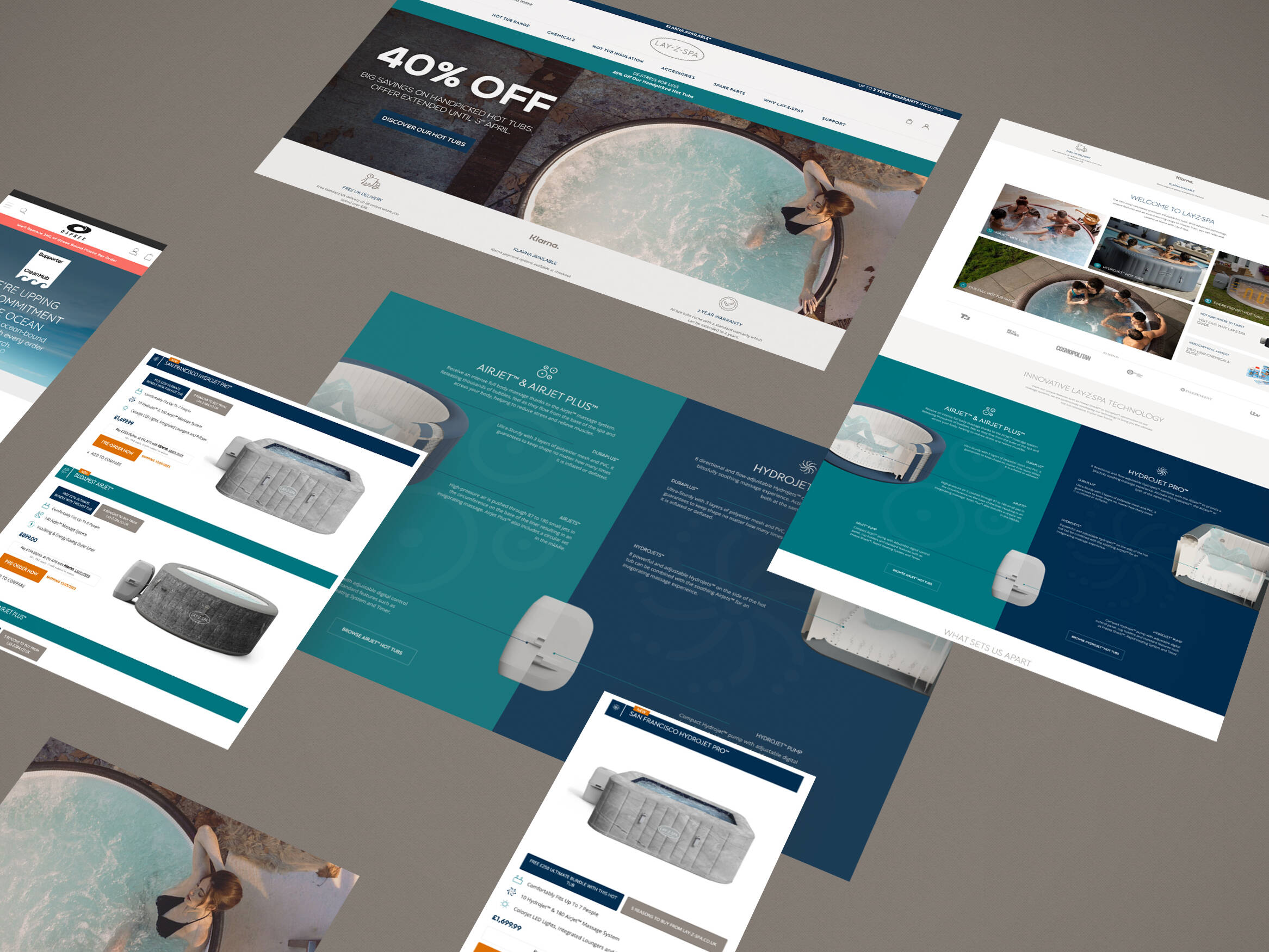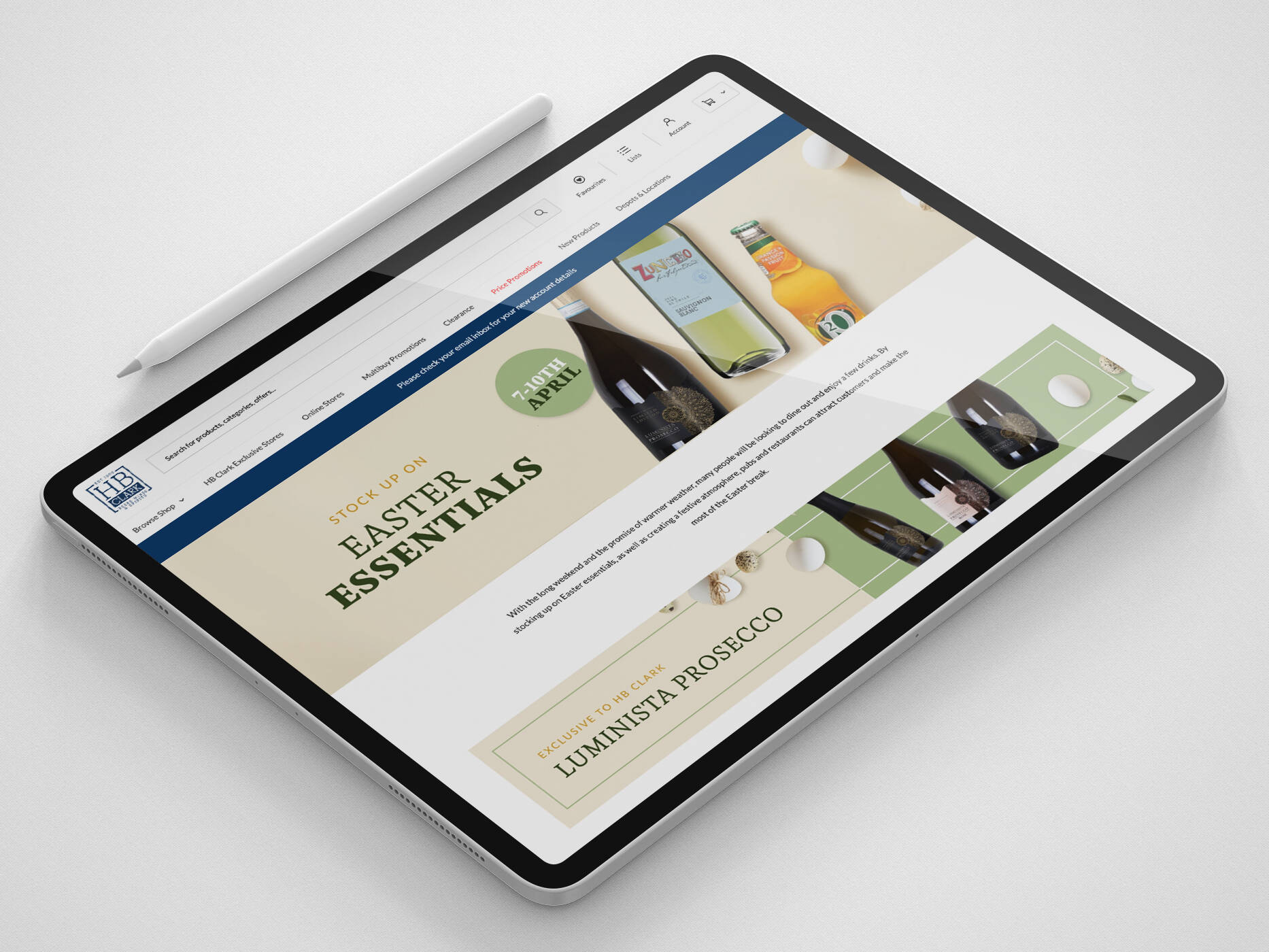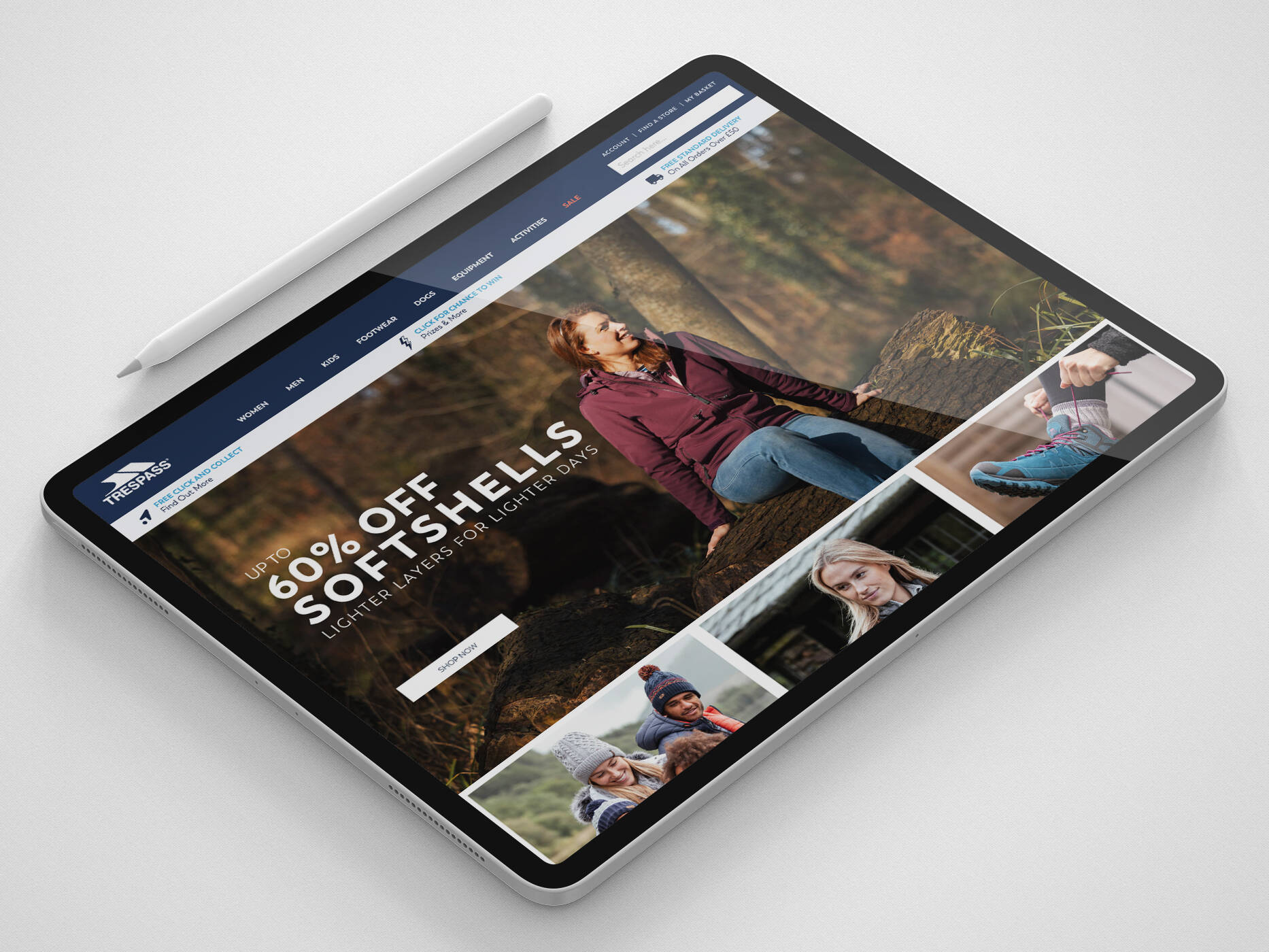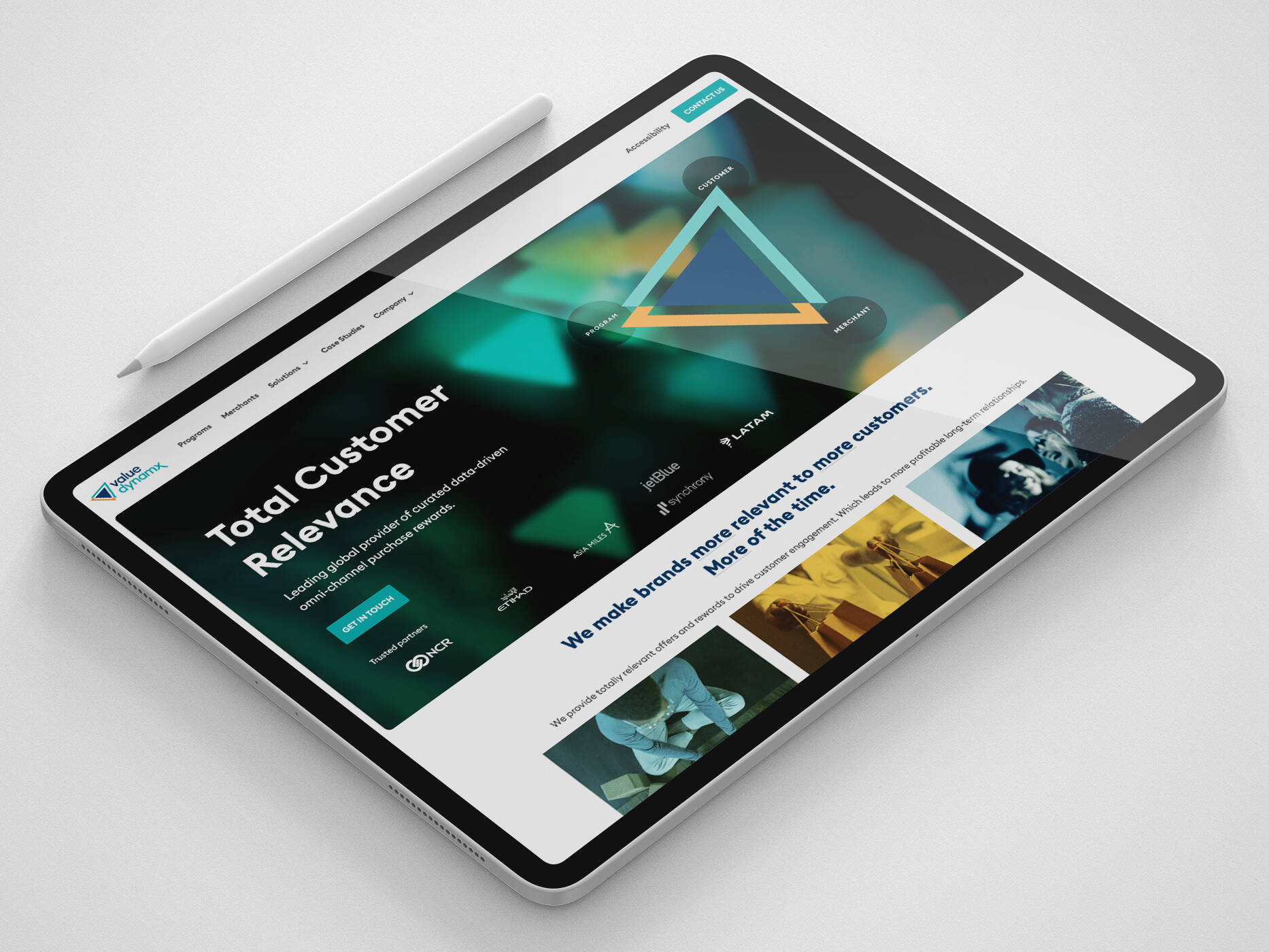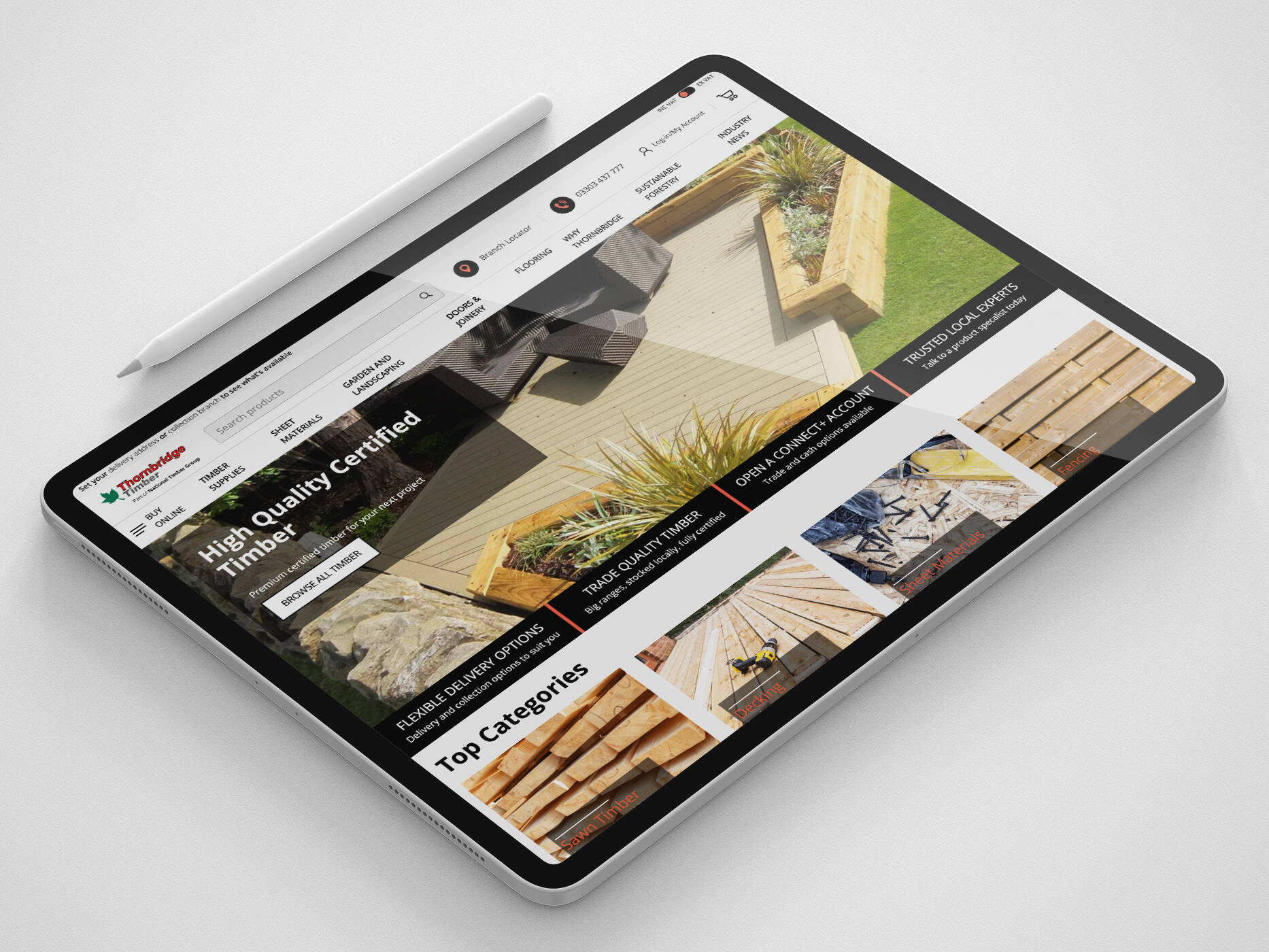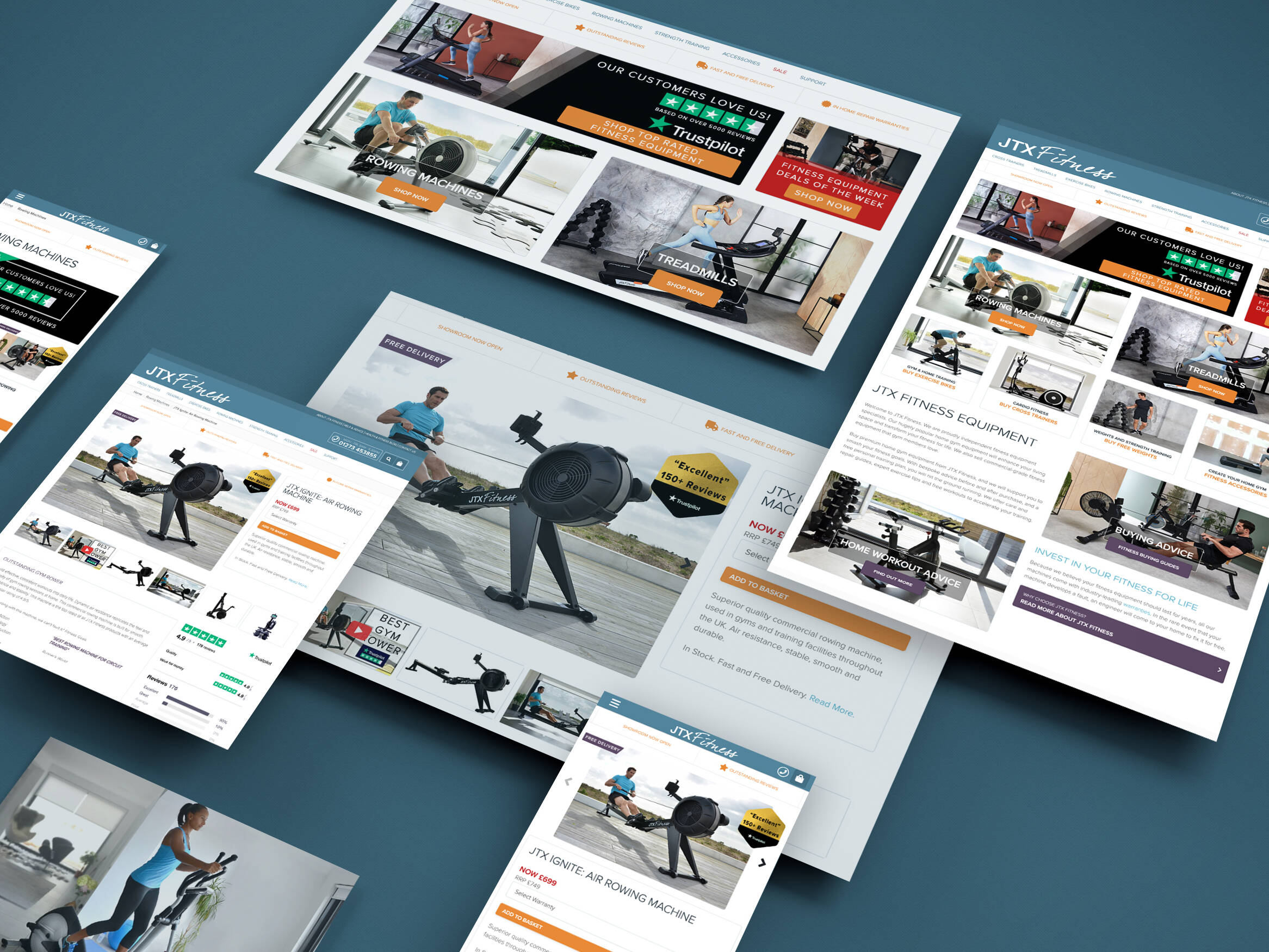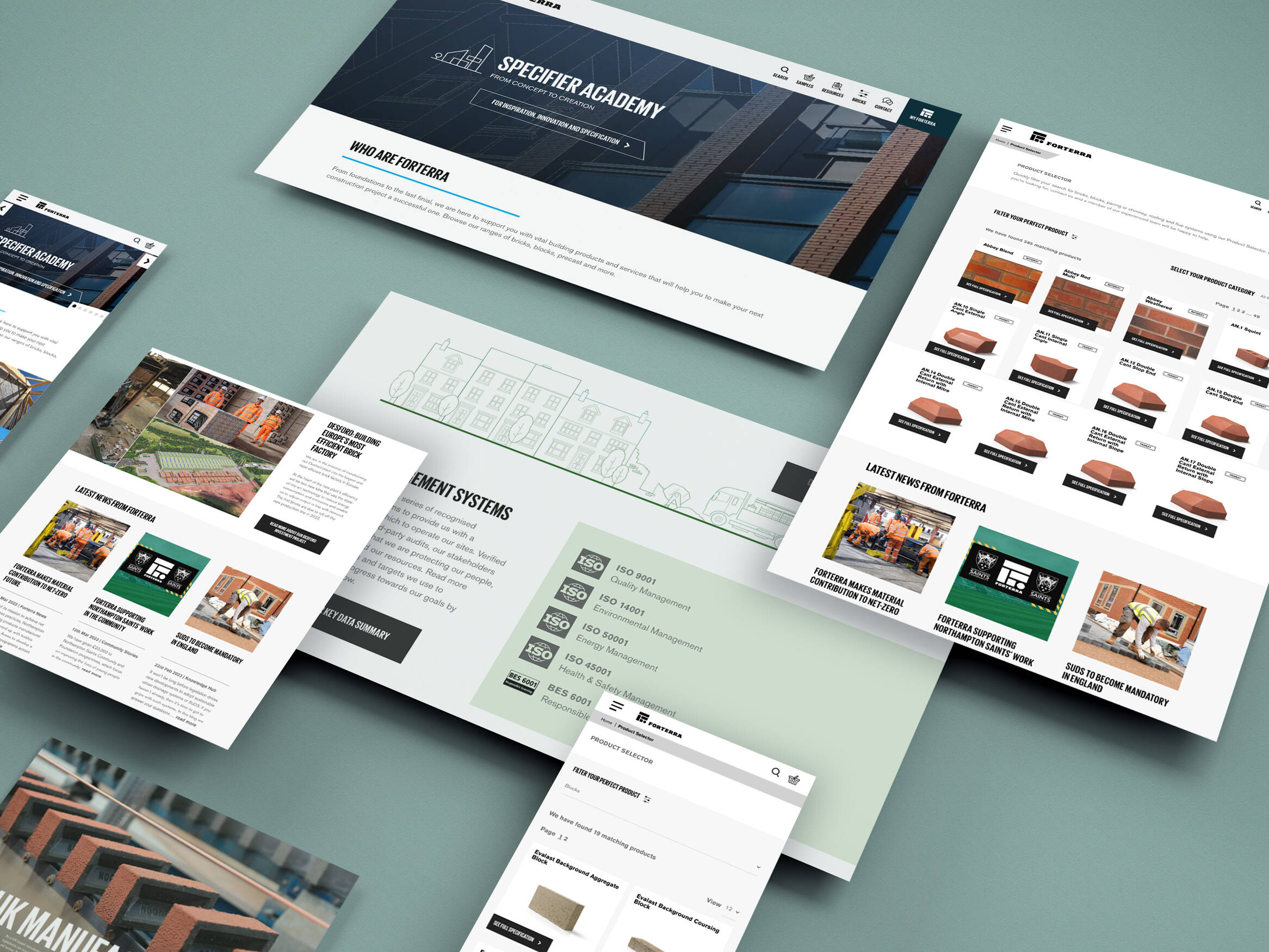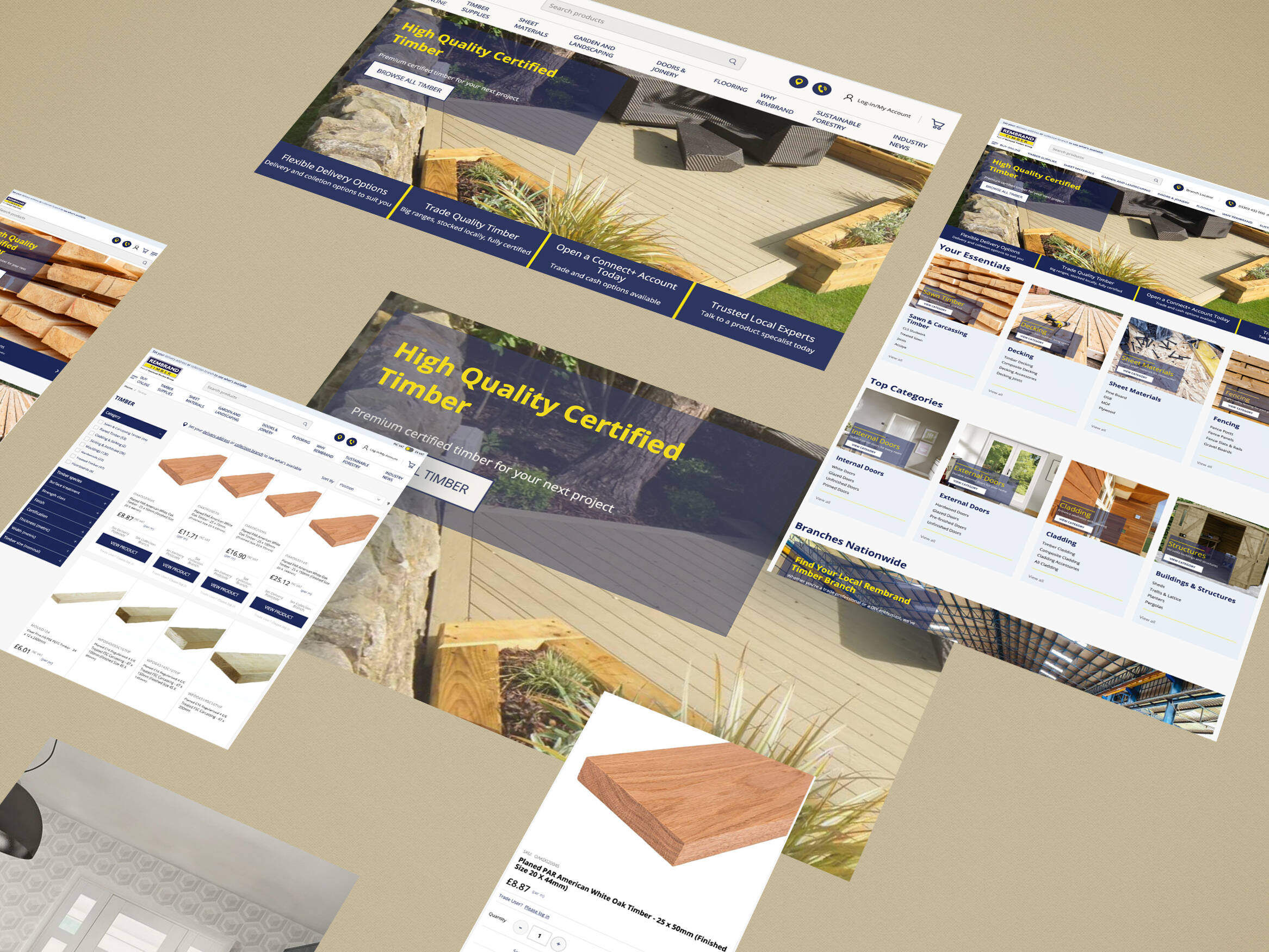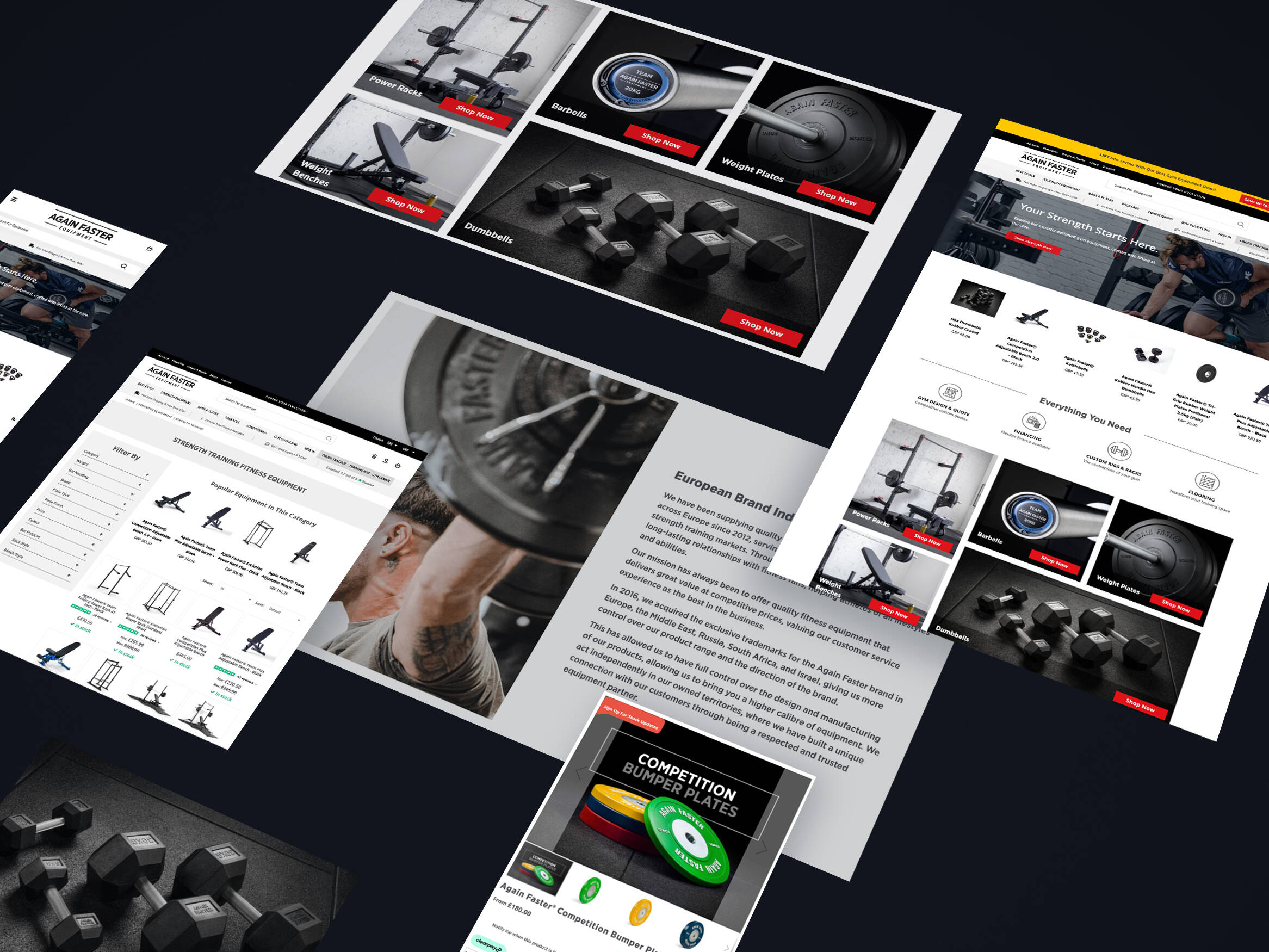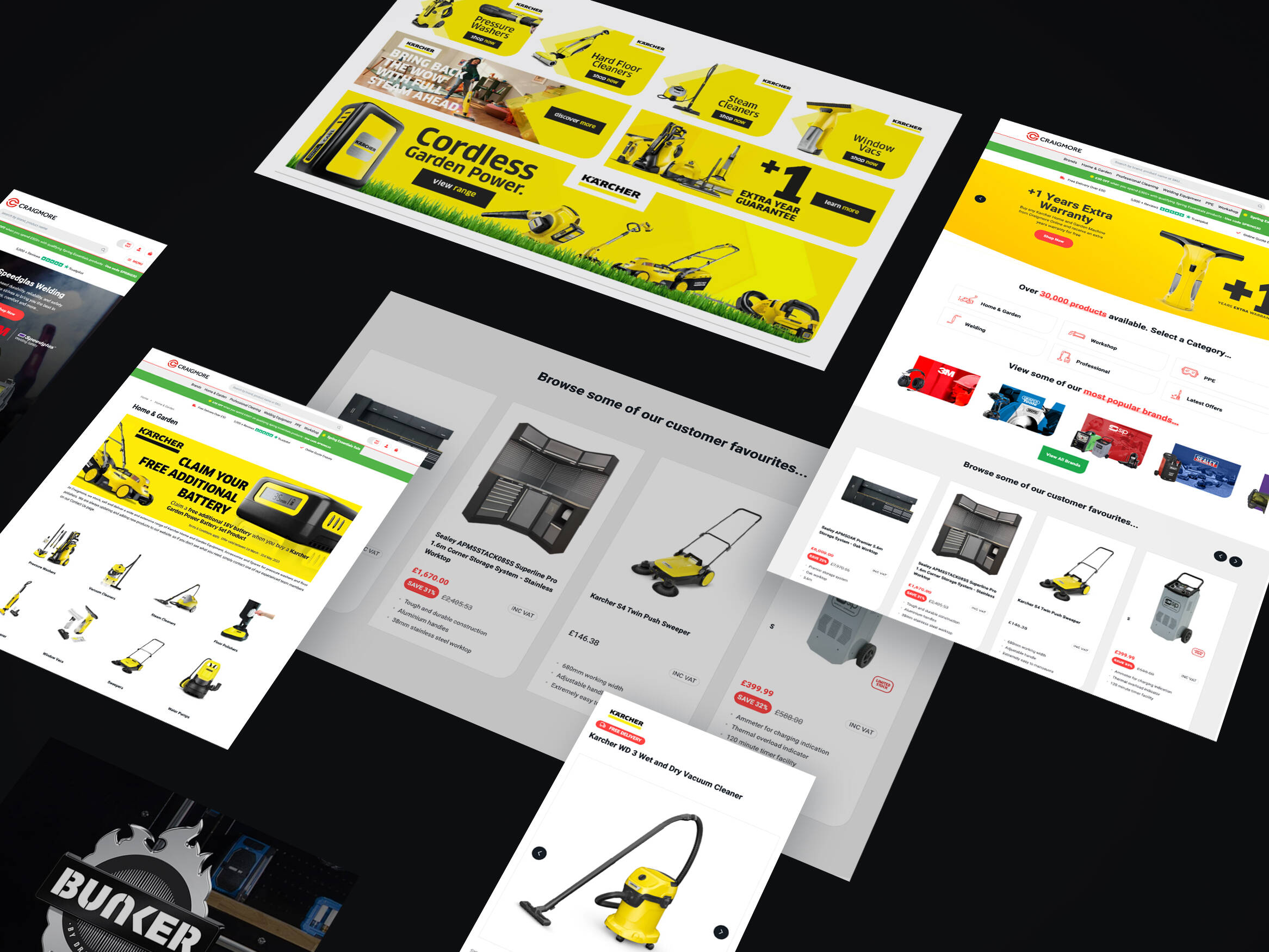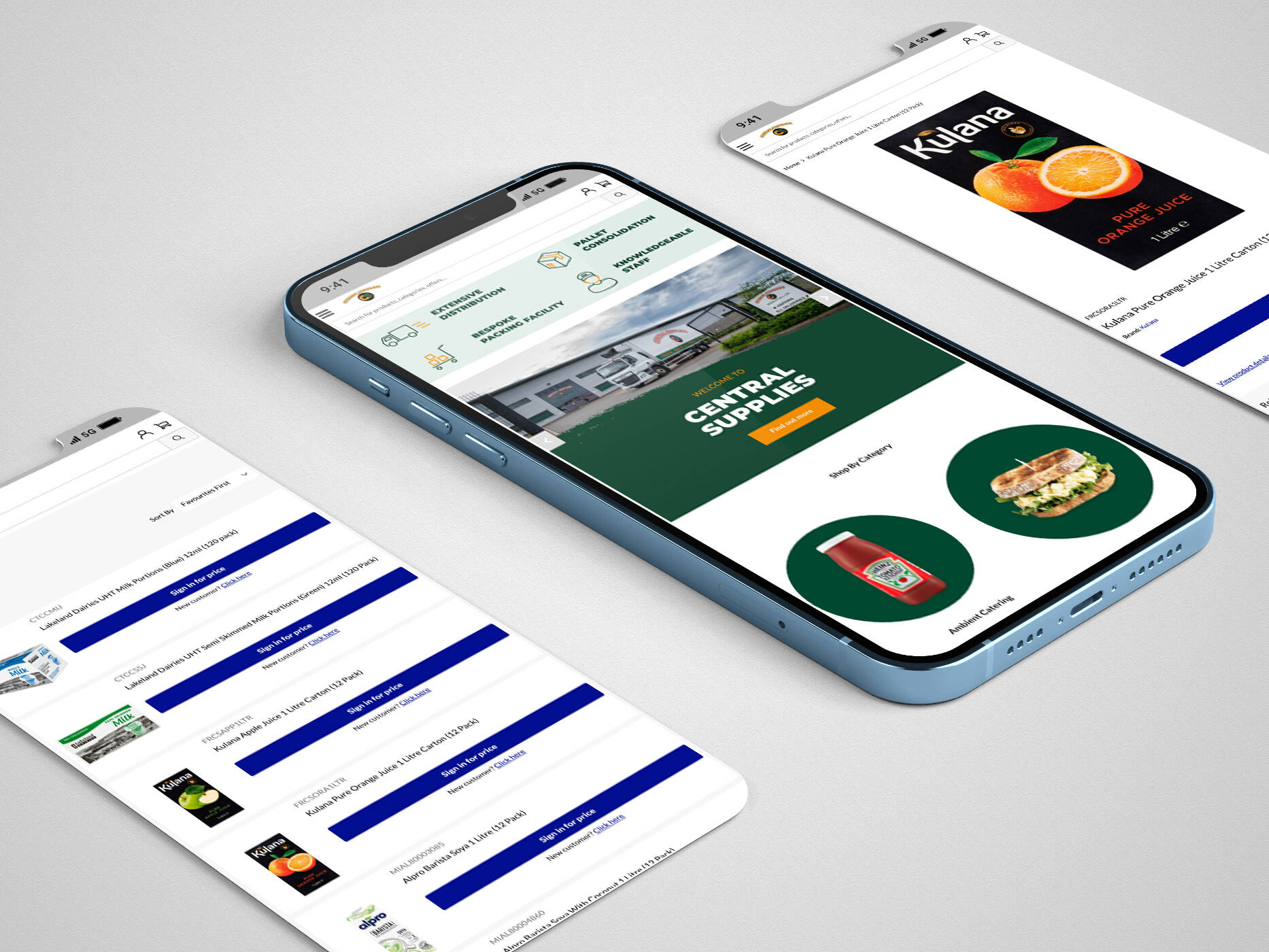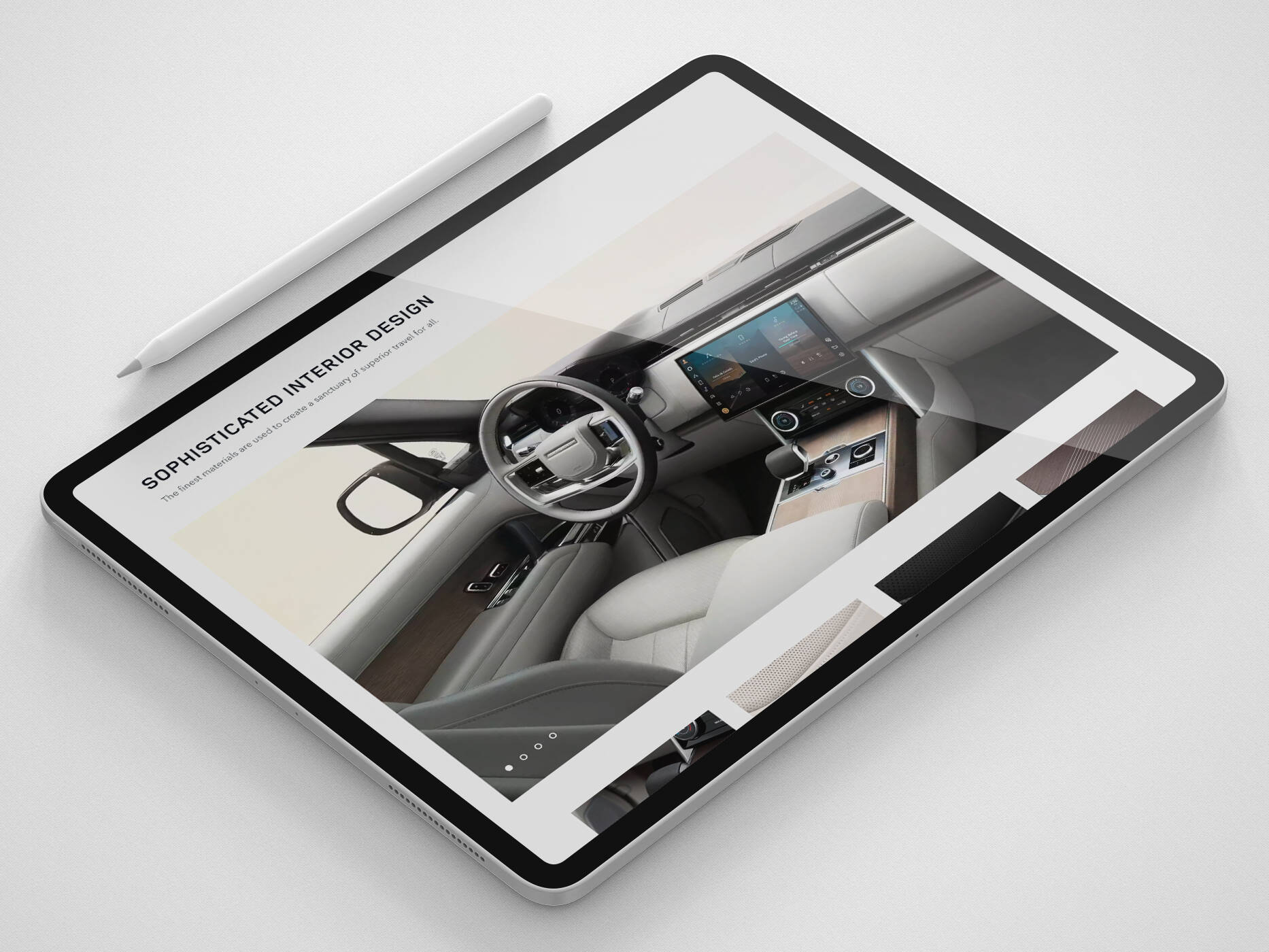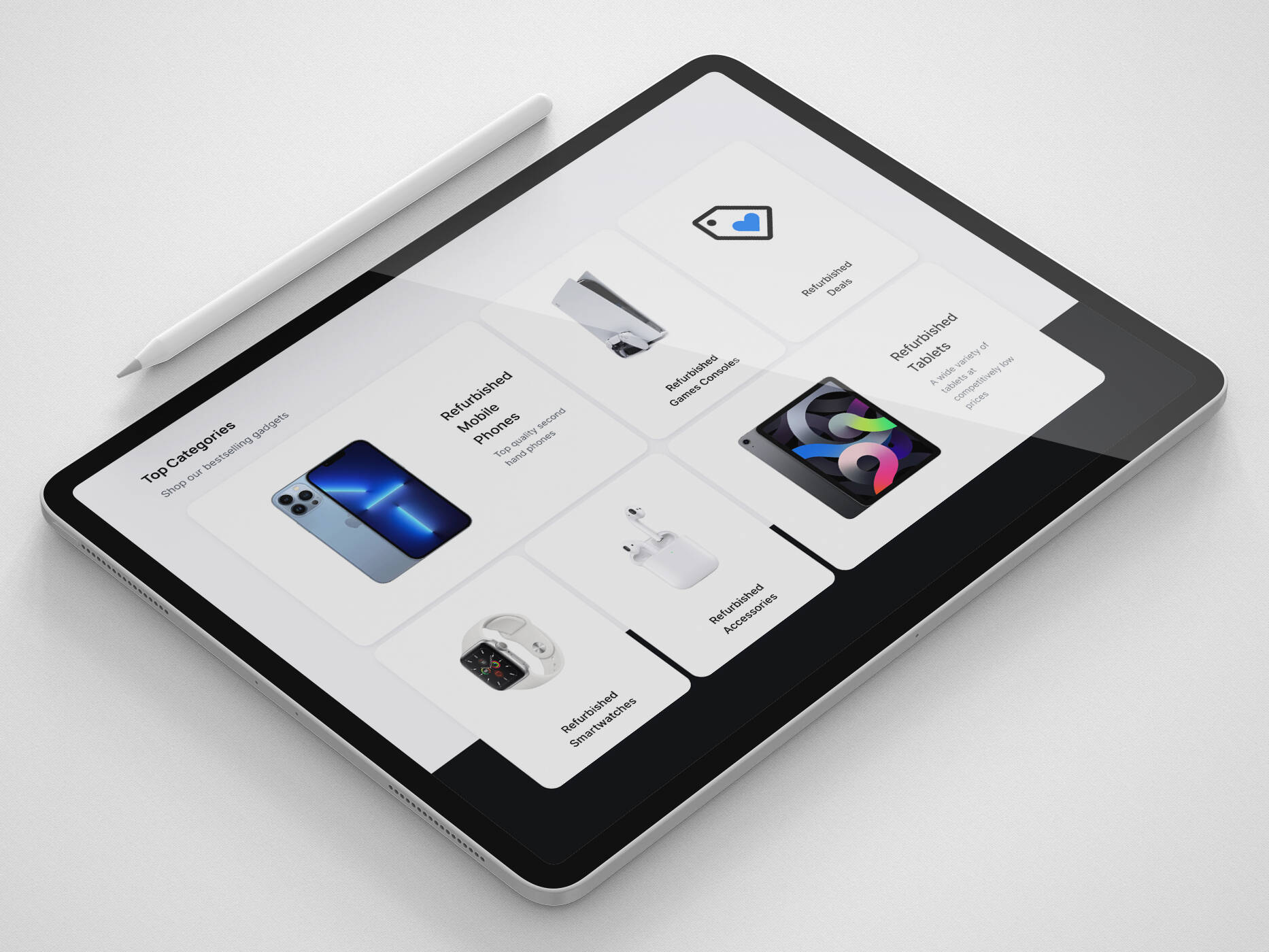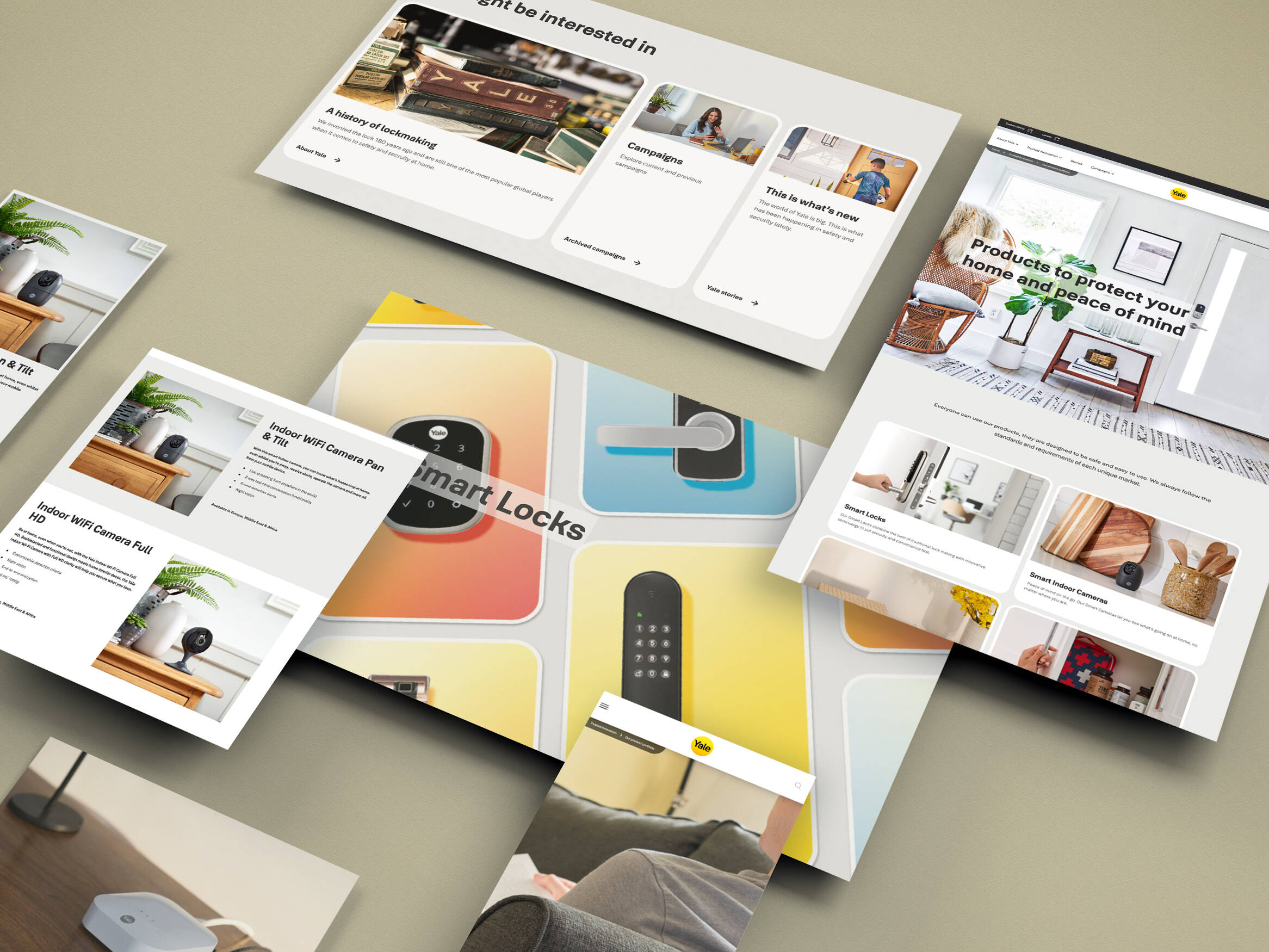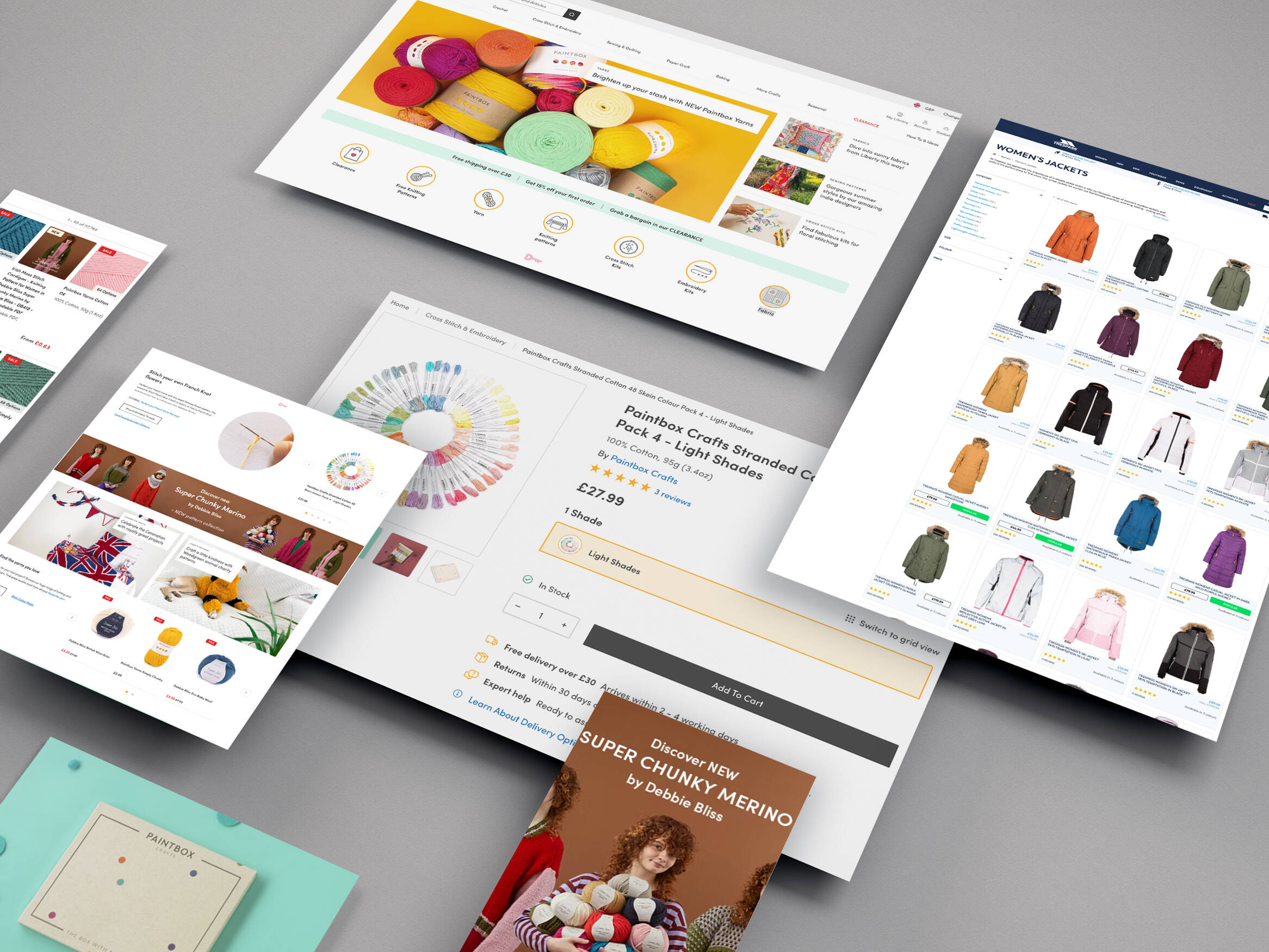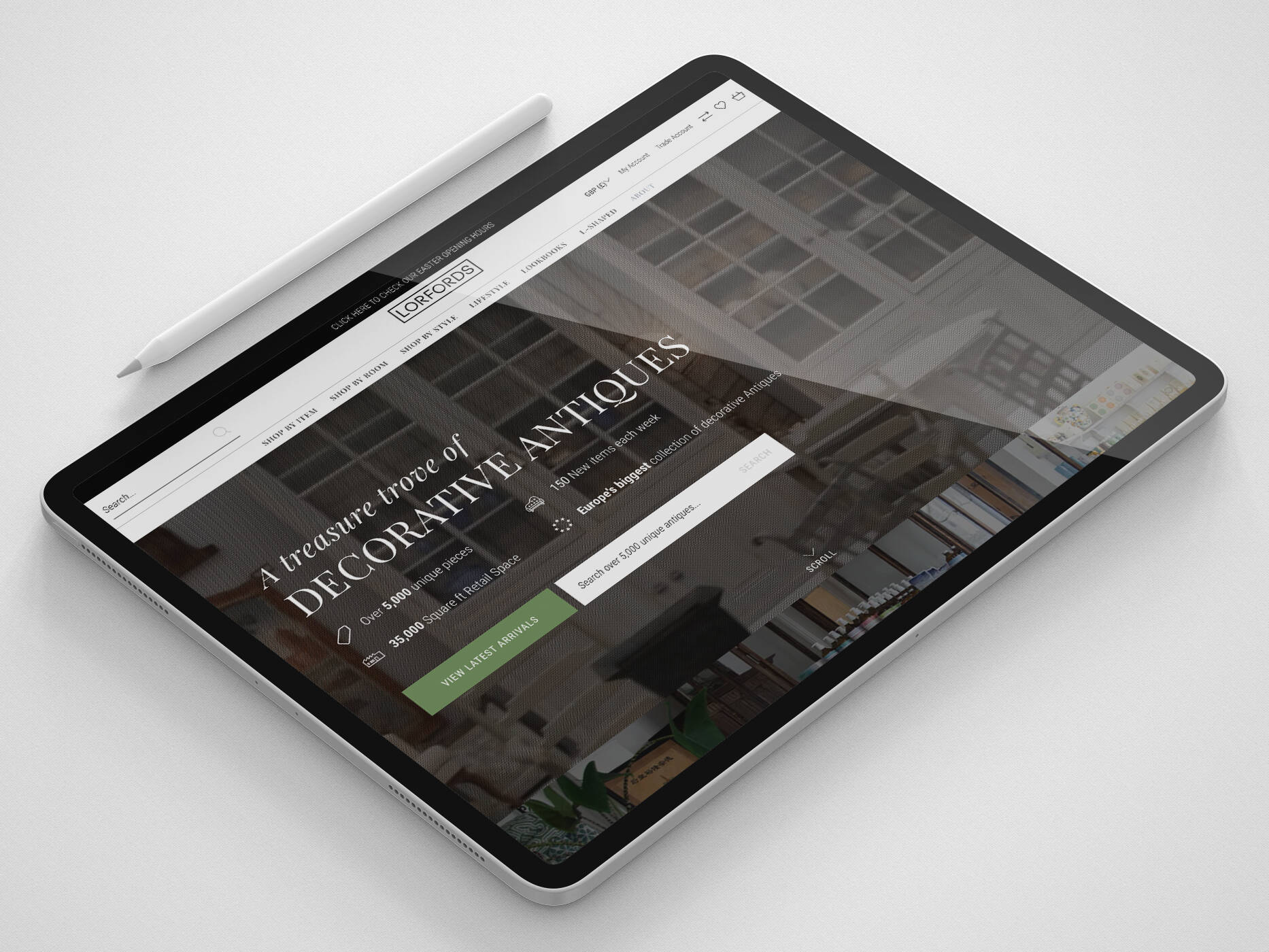A lot of us modern, smartphone-obsessed humans love to spend our times indoors, glued to an array of technical devices. For retailers, that’s made the need to go online with their products, crucial. Beacon technology can be seen to help retailers further optimise their marketing tactics, speed up the checkout process and ultimately deliver lots of sales. Let’s find out how it works and why you need it.
What is Beacon Technology?
Beacons are fairly small, around the size of a standard Wi-Fi router. They work through clever proximity technology which detects human presence nearby through a technological device and triggers pre-set actions to deliver them informative, contextual and personalised experiences.
You get more accurate, location-based information that comes with greater precision when compared to GPS or Wi-Fi.
Beacons are a low-cost piece of hardware, using battery-friendly, low-energy Bluetooth connections to transmit messages to a smartphone or tablet. – Business Insider
When a device triggers the beacon, it sends a code with a message. This coded message, usually shown in the form of a notification, can only be viewed with an app such as the iBeacon app on iPhone.
From welcoming people as they arrive at a sporting event to providing information about a nearby museum exhibit, iBeacon opens a new world of possibilities for location awareness, and countless opportunities for interactivity between iOS devices and iBeacon hardware. – Apple
However, there is a slight downside that Beacon manufacturers are working around. For Beacons to work and send messages, the user must have a specific application downloaded and permissions set to allow them to receive the transmissions. Yet, that hasn’t stopped many retailers adopting this clever technology and here’s why…
Benefits of Beacon Technology to Retailers
Retail represents just one of many kinds of businesses that can benefit from beacons. – Forbes
#1 Users Can Checkout Quicker
Many big retailers are adopting beacons to help provide their customers with a better user experience whether it be offline or online. Through beacon messaging, a customer can receive product information or notifications for deals or sales.
This ultimately speeds up the checkout process as the user receives a highly personalised, location-informative message that they’re more likely to convert to than a generic, marketing notification.
In turn, this helps in reducing basket abandonment by offering a completely contactless payment system too. Users can receive the message, browse online, on-the-go and make a payment then and there through their mobiles.
#2 Personalisation
Most eCommerce stores will understand that personalisation is a game changer to bringing value to your business. Just like you would online, give discount codes, product recommendations and more to help build customer loyalty, bringing invaluable benefit to your brand.
Once a user has received these recommendations, they’re in close proximity of you’re store and so, can come in hold those recommendations, try them on, get your knowledge on the product and give you the chance of closing the sale.
Whatmore, for bigger retailers such as Selfridges, Debenhams and John Lewis, where staff may be short due to the crowds of shoppers, these customers won’t miss out on great shopping experiences even if they don’t get to talk to your employees.
Tip: Be careful of how many messages you’re sending out to consumers. Sometimes these messages can be annoying, spammy and can lead to consumers disabling the notifications.
#3 Affordability
As mentioned at the start of this post, beacons are a low-cost device. Plus, popular beacons like the iBeacon from Apple comes in a ready-to-use form.
When you buy an iPhone, iBeacon is already pre-installed hardware. As a consumer, you can easily receive the messages with little effort. For businesses, whether this technology is successful for you or not, it’s worthwhile and cost-effective to trial it.
#4 Form of Advertising Technology
Beacon technology can greatly help in attracting the attention of your customers. Your advertising messages can be sent straight to the users as soon as their device comes within a beacon’s proximity within your store.
Thus meaning, whether they noticed walking passed your store or not, they will now. Personalise these messages to upsell to customers already considering buying from you, making it more likely you’ll secure a purchase.
#5 Obtain Customer Data
Finally, beacons can help you to assess consumer behaviour, something that was previously difficult for brick and mortar retailers. You can set parameters that will allow you to analyse how your consumers act. Then, you can understand key information such as when they’re likely to use discount codes, optimum times and days to visit the store and more.
For smaller businesses, this is extremely useful to help you create optimised marketing moments that keep your customers coming back.
Summary
It’s clear beacon technology still has its flaws and so, is unlikely to be taking off anytime soon. Although, it’s thought that all it needs is a few big, dominating businesses to incorporate it into their marketing strategies and it’ll take off.
For now, particularly if you’re a retailer, it’s a good idea to do your research around it. See how it could work for your business and look at adding it to your marketing strategy.
Get in touch
We know commerce, let us help you improve customer experience, increase conversion rates, and make that digital change.
- hello@iweb.co.uk
